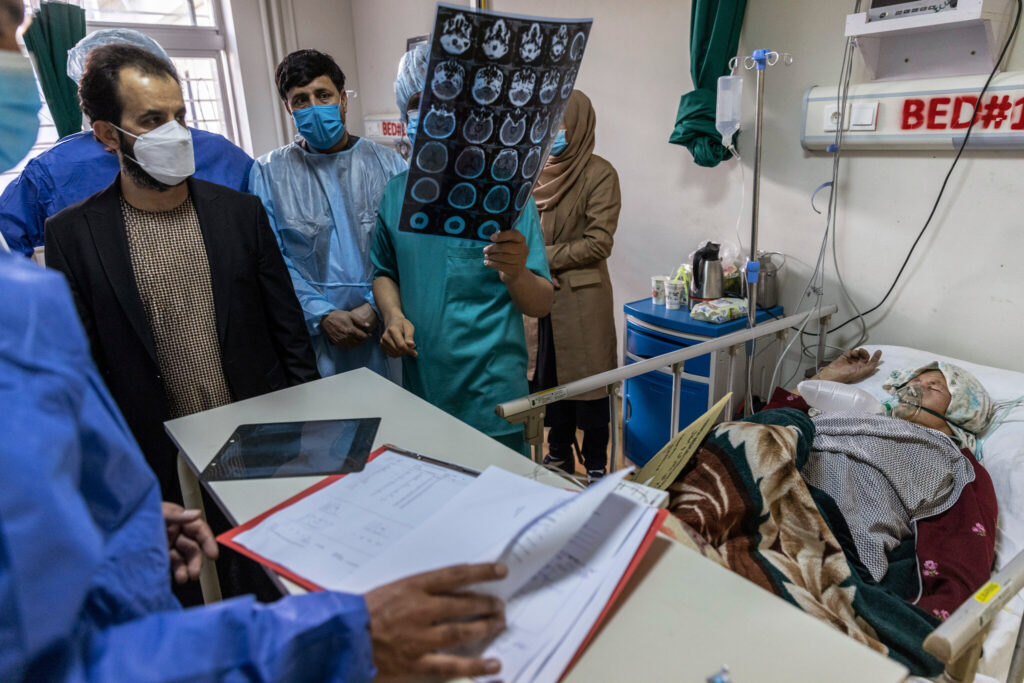Impact of Funding Cuts on Afghan Healthcare
The humanitarian crisis in Afghanistan is deepening as numerous mothers and infants are facing dire circumstances following the closure of US-supported clinics. These closures are directly linked to significant funding cuts initiated during the previous US administration, which have left critical healthcare services severely overstretched or entirely unavailable.
Heart-wrenching stories are emerging from families who have been affected by these drastic changes. A father shared the tragic account of his wife, who died during childbirth due to the lack of medical care that was previously provided by a now-closed clinic. “My wife died giving birth after funding was cut,” he lamented, reflecting the anguish felt by many families navigating the healthcare system in a collapsing environment. This situation has resulted in increased maternal and infant mortality rates, raising urgent concerns among humanitarian organizations.
Global Reactions and Ongoing Crisis
In response to these alarming trends, various advocacy groups are calling for a reassessment of the funding policies impacting Afghan healthcare. The mayor of a city that once relied heavily on these clinics expressed that these closures have not merely reduced the availability of services; they are effectively endangering lives. Communities that are cut off from medical support are struggling as they lack access to essential care.
International voices, including leaders and humanitarian organizations, are stressing the importance of re-establishing funding to prevent further loss of life. The allegations surrounding the devastating impact of these funding cuts are echoing through diplomatic channels, prompting calls for a more supportive approach towards Afghanistan’s healthcare infrastructure.
| Impact of Cuts | Statistics |
|---|---|
| Maternal Mortality Rate Increase | 30% rise since funding cuts |
| Infant Mortality Rate | 25% increase observed |
| Clinics Closed | Over 40 clinics shut down |
Calls for Action
As the situation remains critical, many hope for a collaborative response to restore funding and support to the Afghan healthcare system. “We need immediate action to ensure that lives can be saved in what is undoubtedly a humanitarian emergency,” stated a representative from an international relief organization.
Moreover, the failures experienced in Afghanistan highlight the vital role that stable funding plays in sustaining healthcare services in conflict zones. It underscores the notion that when support is withdrawn, the consequences are catastrophic for the most vulnerable populations.
Conclusion
As families grieve, and healthcare systems collapse, the call for re-engagement in Afghanistan’s medical sector becomes louder. Understanding the stakes involved is crucial for policy makers globally as communities strive for survival amidst uncertainty.

